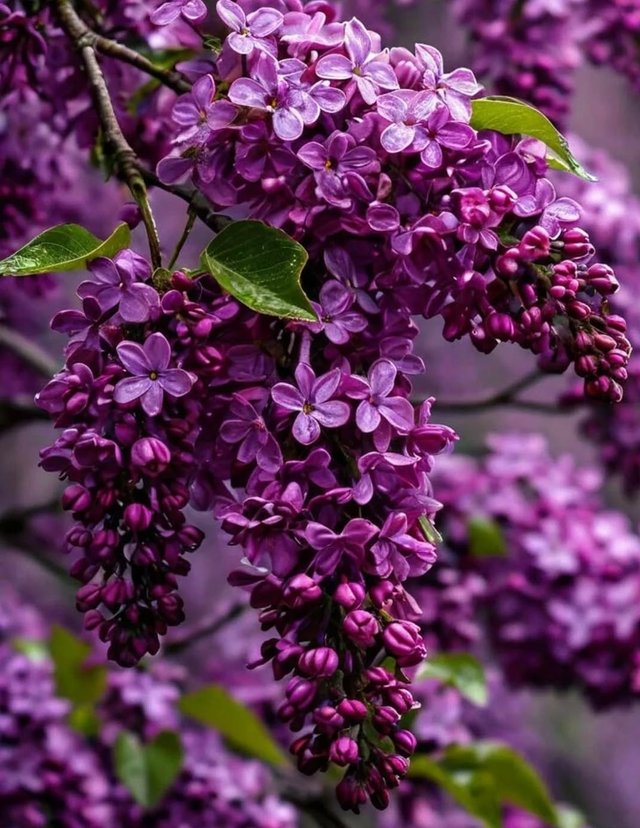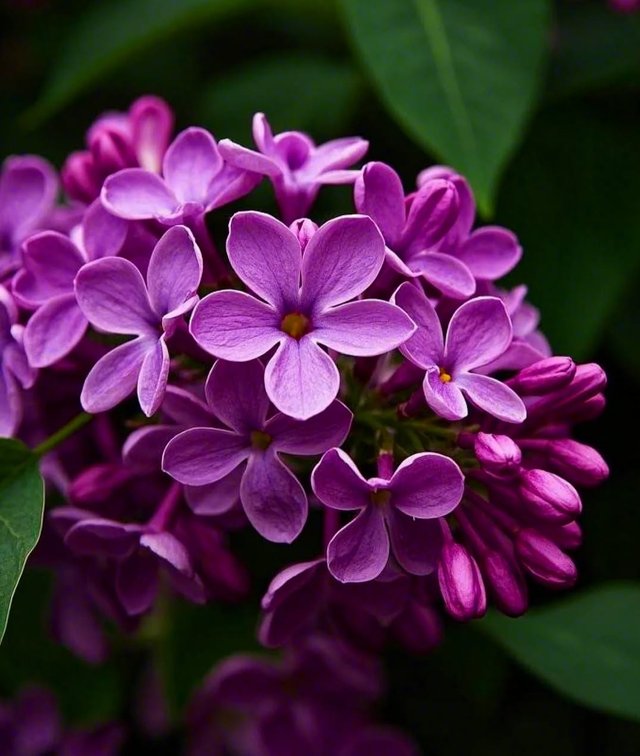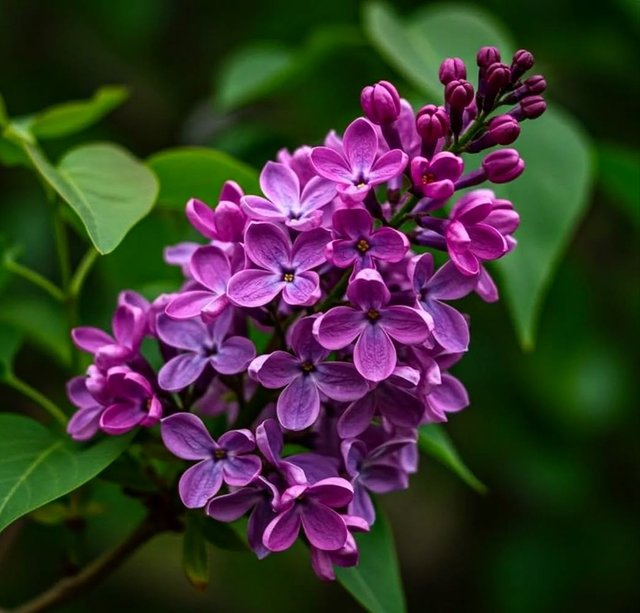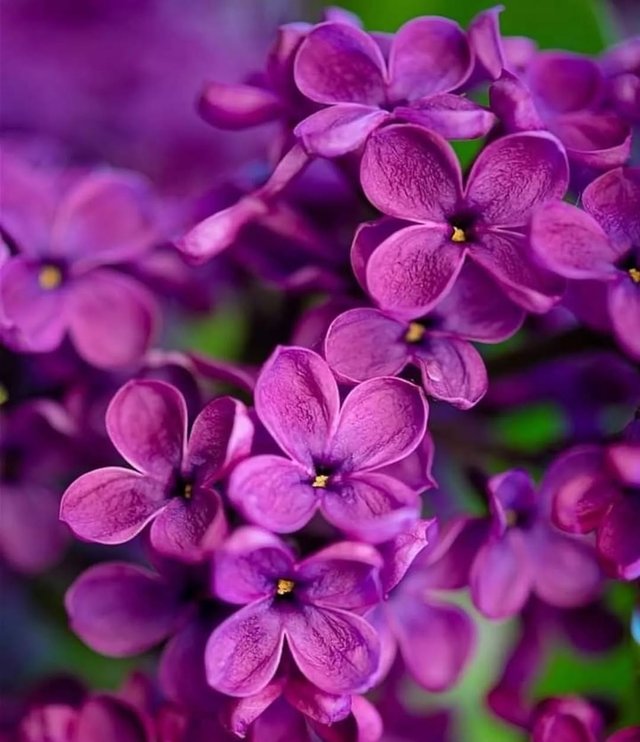Wonderful Colour Lilac Flower
Lilac is a beloved flowering shrub or small tree that has enchanted gardeners, poets, and nature lovers for centuries. Known for its fragrant blossoms and graceful appearance, lilac is often associated with springtime, renewal, and romance. With more than 20 recognized species and countless cultivated varieties, lilacs have become a cherished feature in gardens and landscapes around the world.
Botanical Overview
Lilac belongs to the Oleaceae family, the same family as olive and jasmine. It is native to southeastern Europe and eastern Asia, though it has spread far beyond its native range thanks to cultivation. The most widely grown species is Syringa vulgaris, commonly known as the common lilac. Lilac plants can grow as shrubs or small trees, typically reaching heights of 2–7 meters, depending on the species and cultivar.
The leaves are simple, heart-shaped, and arranged oppositely along the stems. But it is the flowers that make lilac truly remarkable. Blooming in dense, conical clusters called panicles, the flowers range in color from deep purple to soft lavender, pink, magenta, blue, and even pure white. Their sweet fragrance is one of their most defining features, often used in perfumes, oils, and aromatherapy.
Symbolism and Cultural Significance
Throughout history, lilacs have carried deep symbolic meanings:Love and romance – In the language of flowers, lilacs often symbolize the first emotions of love.
Memory and nostalgia – Because they bloom in spring, they are associated with remembrance and new beginnings.
Spirituality and purity – White lilacs, in particular, are linked to innocence and purity.
In literature and poetry, lilacs have often been invoked as symbols of fleeting beauty and cherished memories. For example, American poet Walt Whitman famously referenced lilacs in his elegy for President Abraham Lincoln, “When Lilacs Last in the Dooryard Bloom’d.”
Growing Conditions
Lilacs are relatively hardy and can thrive in a variety of climates, though they are best suited to regions with cold winters. They require a period of winter dormancy to bloom well, which is why they are more commonly found in temperate regions. Key growing requirements include:Sunlight – At least 6 hours of full sun daily for abundant blooms.
Soil – Well-drained, neutral to slightly alkaline soil.
Water – Moderate watering, as they do not tolerate soggy conditions.
Pruning – Best done immediately after flowering, since lilacs bloom on old wood. Proper pruning encourages better flowering and prevents the shrub from becoming overgrown.




%20(7).jpeg)